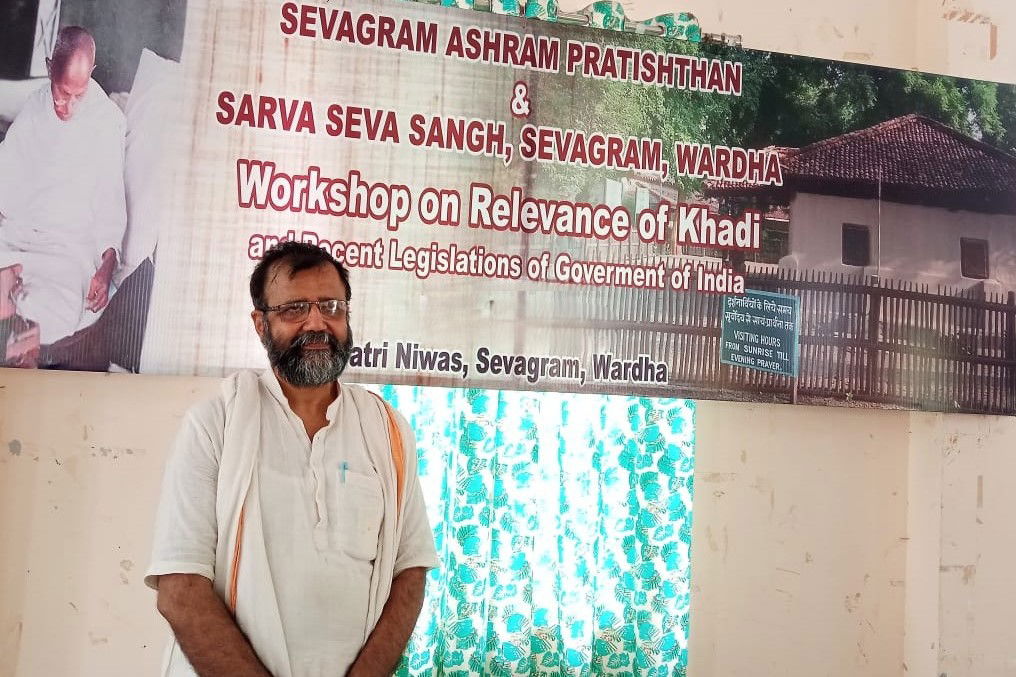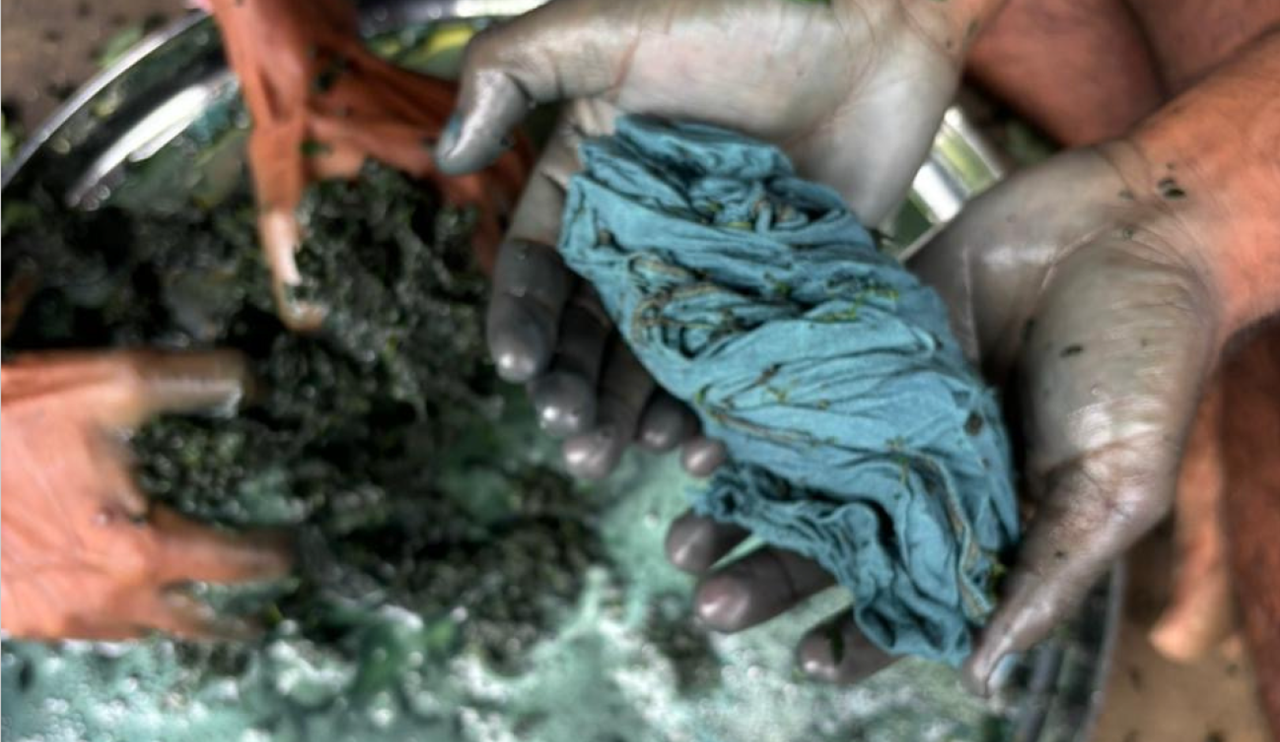
Bengal has long been a cradle of textile artistry, renowned for its hardy, ecologically viable desi cotton and the exquisite muslin fabric that graced the finest garments of history. The traditional art of weaving jamdani was honored as a UNESCO Intangible Cultural Heritage of Humanity in 2013, highlighting the region's rich textile heritage. However, this celebrated industry faces significant challenges today.
The declining demand for fine muslin and khadi has jeopardized the livelihoods of countless families dependent on the cotton sector. The once-thriving industry now grapples with severe ecological, social, and economic repercussions. The production of desi cotton—natural and organic—is dwindling, hindered by harsh working conditions, poor wages, and a shortage of skilled spinners. Additionally, the inability of consumers to distinguish between authentic handloom pieces and those produced by power looms has further undermined the industry.

Reviving Desi Cotton and Traditional Methods
In response to these challenges, the Mahatma Gandhi Gramudyog Seva Sansthan (MGGSS) was established in 2010 with a mission to promote holistic, organic traditions in material and food. Led by Arup Rakshit, MGGSS has been at the forefront of reviving the desi cotton industry. Rakshit’s journey began with plain textiles but took a transformative turn after attending a workshop at Gandhigram University, where he discovered the significance of promoting Indian cotton to safeguard farmers and the environment.
MGGSS focuses on growing indigenous cotton varieties in Maharashtra’s Akola district. Unlike the widely cultivated American cotton, which is known for its high yield and adaptability to mechanized processes, Indian cotton has distinct advantages. It thrives with monsoon rain, requires no pesticides or insecticides, and is well-suited to India’s climate. However, research and development in Indian cotton have lagged, leading to a reliance on American varieties that are not as environmentally friendly.
The shift towards American cotton began during British rule when machinery was tailored to this variety, sidelining the robust desi cotton. Post-independence, the machinery continued to favor American cotton, while desi cotton faced neglect, Arup stated. Today, American cotton’s high input costs and environmental impact starkly contrast with the benefits of Indian cotton, including its lower water requirements and superior strength due to its short staple length.
Arup Rakshit’s efforts involve not just promoting Indian cotton but also reviving traditional methods of spinning and weaving. By collaborating with farmers, spinners, and weavers, MGGSS ensures that cotton from Maharashtra is processed into threads in West Bengal using traditional charkhas and handlooms. This approach supports local employment and maintains a low environmental footprint. MGGSS also uses natural dyes, including indigo grown in Purulia, to further enhance the sustainability of their products.
Despite the high costs of handloom fabrics compared to synthetic alternatives, Rakshit and his team emphasize the importance of environmental sustainability and social responsibility. They are actively working to raise awareness about the environmental impact of polyester and synthetic fibers, which contribute to pollution and microplastic contamination.

Sustainability and Awareness
MGGSS’s vision extends beyond mere production; it encompasses a comprehensive value chain from farm to fabric. The foundation aims to create a fair revenue-sharing model that benefits all stakeholders, including farmers, spinners, weavers, dyers, and tailors. By organizing exhibitions and awareness campaigns, MGGSS seeks to expand the market for handloom products and educate consumers about the significance of authentic handlooms.
Today, MGGSS supports around 35 families involved in handloom production and continues to engage with local communities to promote sustainable practices. The foundation is working on developing new products and exploring innovative techniques to improve the quality of desi cotton fabrics. As part of their mission, MGGSS also advocates for greater awareness and education about the challenges faced by farmers and weavers, urging consumers to make informed choices.
The revival of Bengal’s handloom sector is not just about preserving a tradition but about fostering a sustainable and equitable future. MGGSS’s efforts exemplify the potential for a thriving rural economy centered on ethical practices and environmental protection.
With continued support and awareness, the resurgence of Indian cotton can reinvigorate the handloom industry and restore the rich cultural heritage of Bengal.
















